Tired of struggling to keep plants alive in your low-lighted home or office? Don’t despair! There are a group of amazing indoor plants for low light that can brighten up your space. From the classic ZZ Plant to the trendiest Snake Plant and everything in between, this updated list rounds up the best indoor plants that thrive under low light conditions.
Discover what are the best indoor low light plants, explore secrets to success with these low-maintenance beauties, learn how to identify the right light levels for your space, and get ready to turn any home into a lush, green oasis – even if you’re not blessed with a sunroom!
Table of Contents
How Do You Take Care of Low Light Plants?
Although some plants will tolerate low light more than others, low light can impact on growth and health in a plant more or less. Slowed-down light reduces photosynthesis, resulting in slower plant growth, leggy stems, pale leaves, and a reduced capacity for flower formation.
Hence, it’s essential to learn what happens to plants in low light and how to take care of low light plants before selecting and propagating low light indoor plants for your home.
- Choose the Right Low Light Indoor Plants: Not all plants are created equal when it comes to low light tolerance. Therefore, first of all, pay attention to choose plants that are well-known to thrive in low light conditions.
- Provide the Right Light: While low light indoor plants can tolerate dimmer conditions, they still need some light to survive. You can place them near a window that receives filtered light, or supplement with a grow light if necessary. Also, rotate your plants regularly to ensure all sides receive some light.
- Apply a LED Grow Light: Consider supplementing with a full-spectrum grow light to boost growth and maintain its vibrant appearance. With a little care, your low light indoor plants will continue to grow and add a touch of greenery to your space, even without a sunny window.
- Fertilize Sparingly: Low light indoor plants tend to grow more slowly, so they don't need as much fertilizer. Fertilize once a month during the growing season with a diluted liquid fertilizer.
- Water Wisely: Low light indoor plants often need less water than their sun-loving counterparts. Then you may ask how often I should water low light plants? In fact, water only when the top inch of soil is dry to the touch. Always avoid overwatering your plants, which can lead to root rot.
- Clean the Leaves: Dust can accumulate on the leaves of low light plants, reducing their ability to absorb light. Wipe the leaves with a damp cloth to remove dust and keep them clean.
Now, let’s discover the latest and greatest indoor plants thriving in low light conditions in 2024!
Best Low Light Indoor Plants For Beginners
Snake Plant
Snake plant is a tough and forgiving plant that is practically indestructible. It thrives in low light conditions, even tolerating complete darkness for short periods. Besides, it comes in a variety of shapes and colors, from classic green to striking variegated varieties. Its upright and sword-like leaves can add a touch of modern elegance to any indoor space.
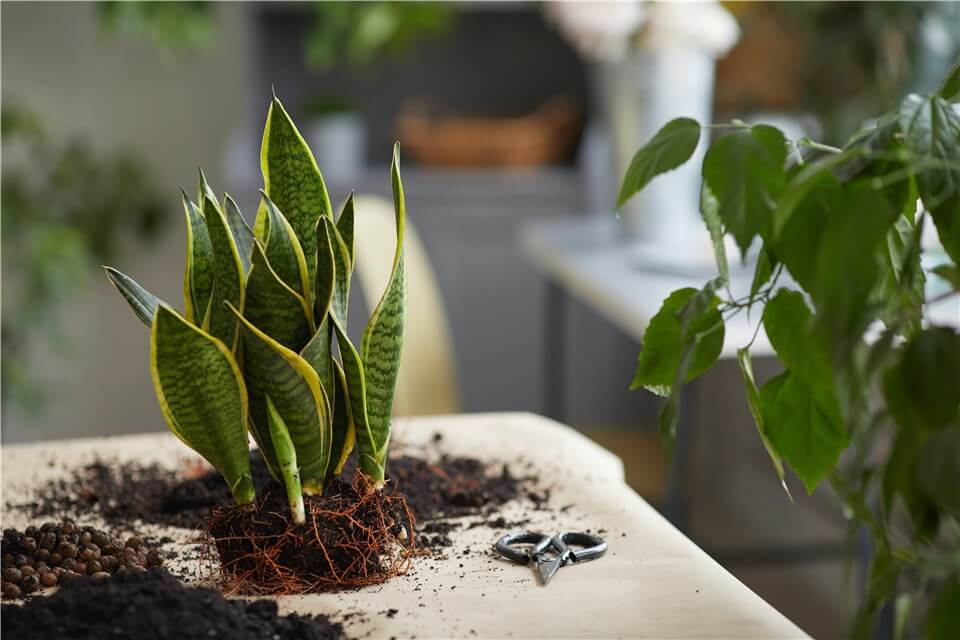
Best Low Light Indoor Plants For Beginners - Snake Plant
ZZ Plant
This low-maintenance wonder can tolerate neglect and even drought. Its glossy, dark green foliage adds a touch of sophistication. The ZZ plant is ideal for those who forget to water regularly.
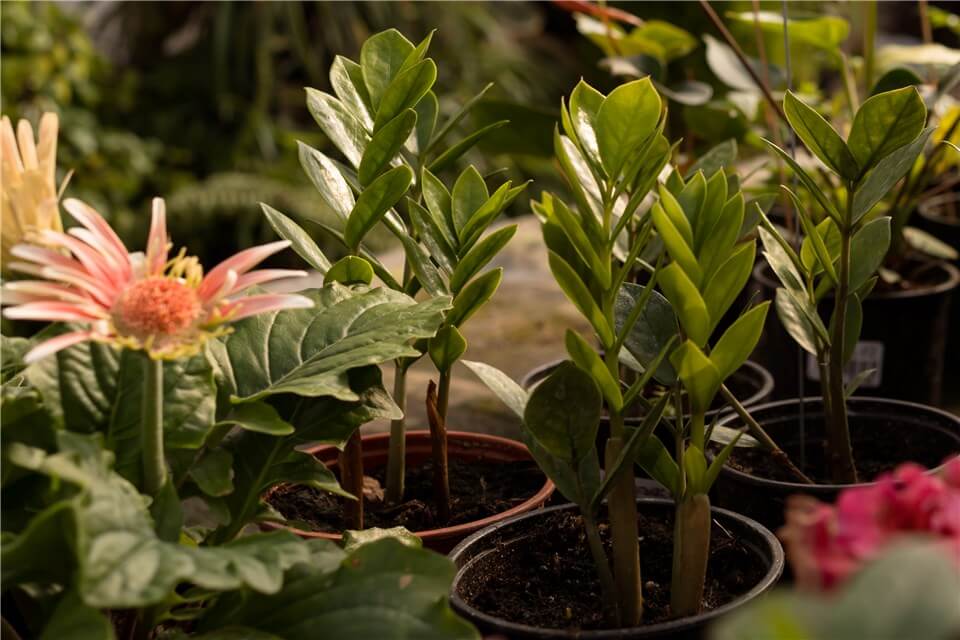
Best Low Light Indoor Plants For Beginners - ZZ Plant
Peace Lily
While it prefers bright, indirect light, the peace lily can still thrive in low light conditions. Its beautiful white blooms are a bonus, adding a touch of elegance to any room. Also, it’s an excellent air purifier, making it a healthy addition to any home. The peace lily adds a touch of elegance and tranquility to any room.
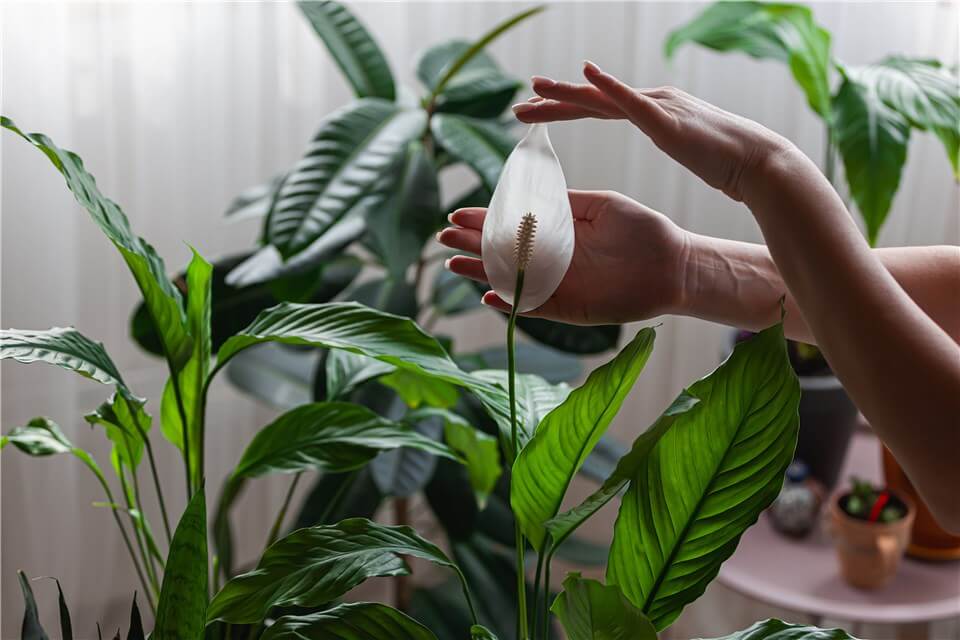
Best Low Light Indoor Plants For Beginners - Peace Lily
Cast Iron Plant
Living up to its name, this plant is incredibly tough. It tolerates low light, neglect, and even dry conditions. Its dark green, leathery leaves add a touch of rustic charm.
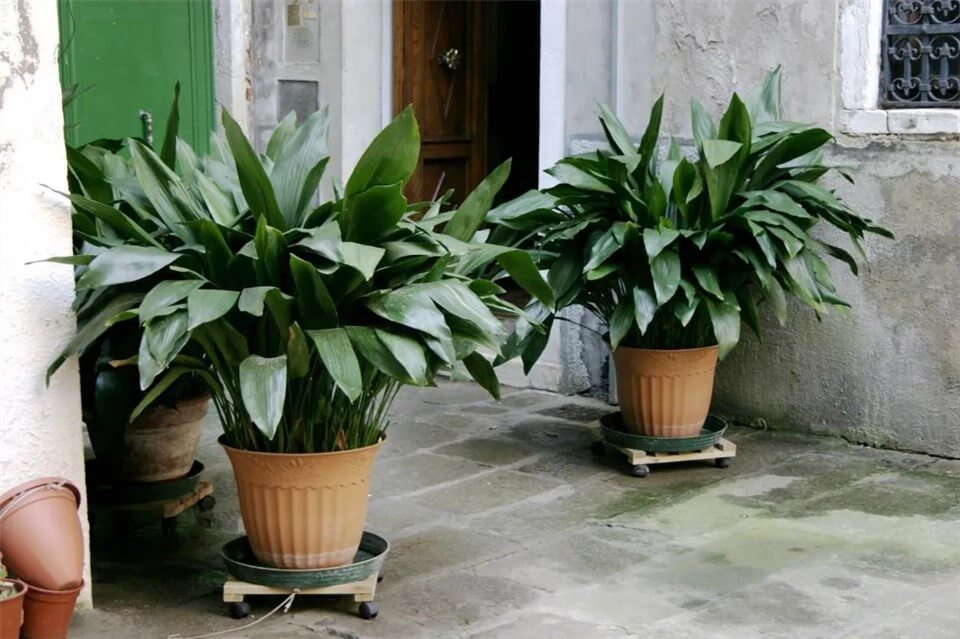
Best Low Light Indoor Plants For Beginners - Cast Iron Plant
Pothos
This classic trailing vine is a beginner's favorite. Its versatile vine thrives in low light, making it perfect for hanging baskets or climbing up a trellis. Pothos’ heart-shaped leaves come in a variety of colors, from solid green to variegated. And it can be grown in hanging baskets or allowed to climb up a trellis, adding a touch of greenery to any space.
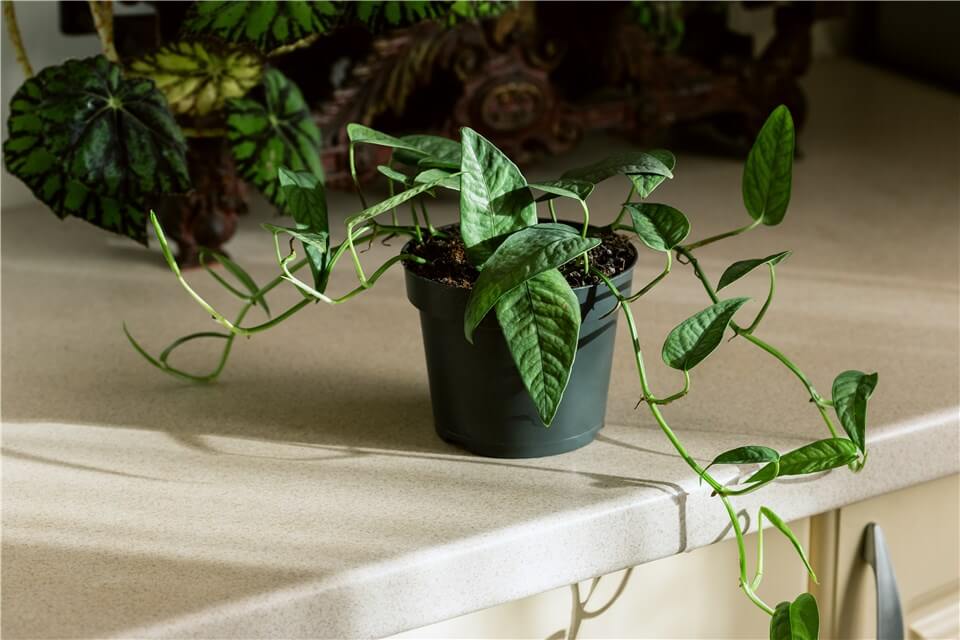
Best Low Light Indoor Plants For Beginners - Pothos
Best Large Low Light Indoor Plants
Fiddle Leaf Fig
This striking plant with its large, fiddle-shaped leaves is a popular choice for its architectural beauty. It prefers bright, indirect light, though it can tolerate lower light conditions, especially if you rotate it regularly to ensure all sides get enough exposure.
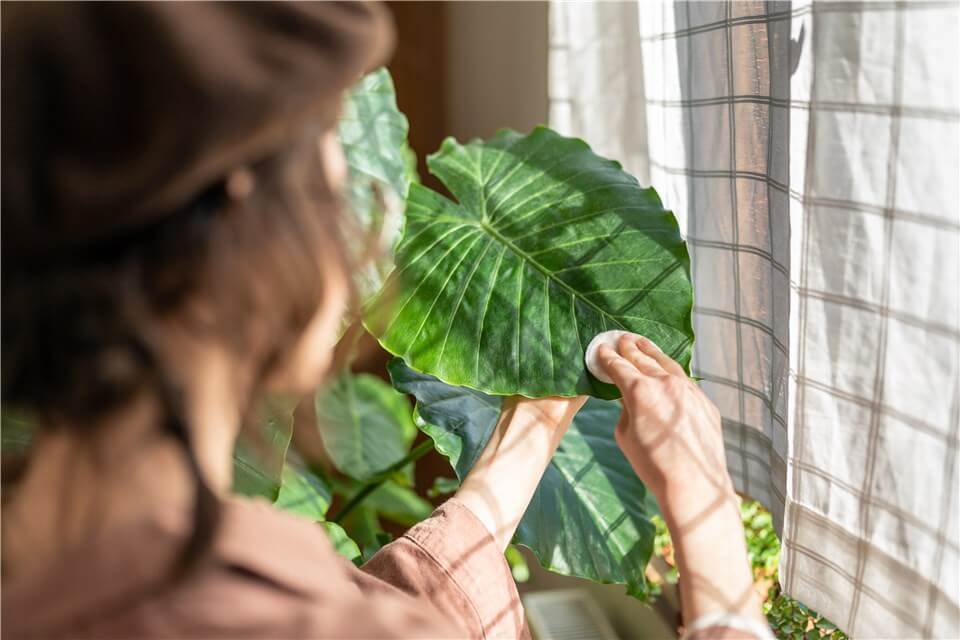
Best Large Low Light Indoor Plants - Fiddle Leaf Fig
Rubber Tree
Known for its glossy, leathery leaves, the rubber tree is a low-maintenance type of plant that can live in low light conditions. It can grow quite large, adding a bold statement to any room.
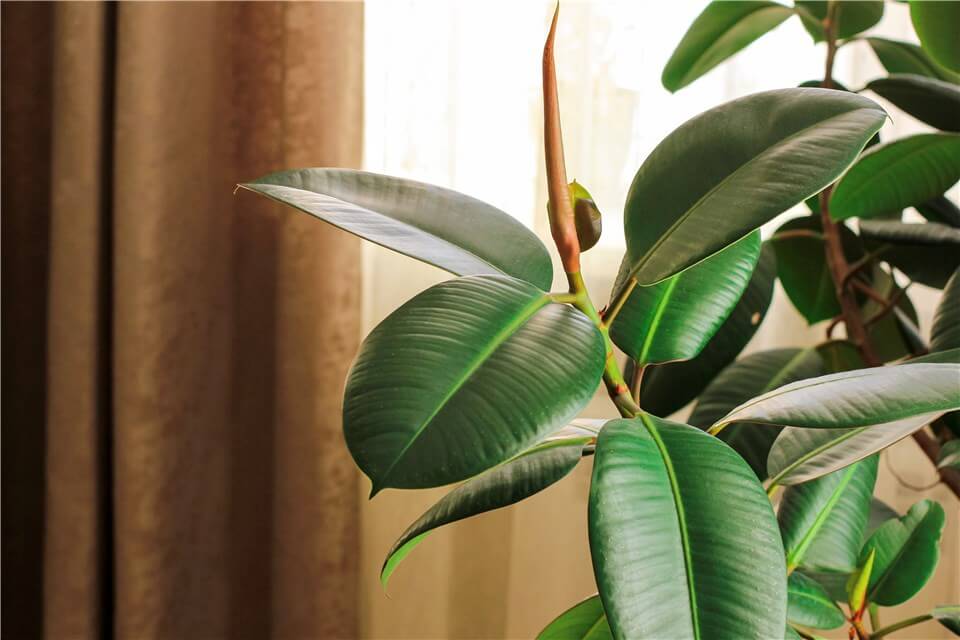
Best Large Low Light Indoor Plants - Rubber Tree
Bird's Nest Fern
This fern with its distinctive, nest-like fronds adds a touch of tropical elegance. It prefers bright, indirect light but can tolerate lower light conditions. This is especially workable when you keep the soil moist consistently.
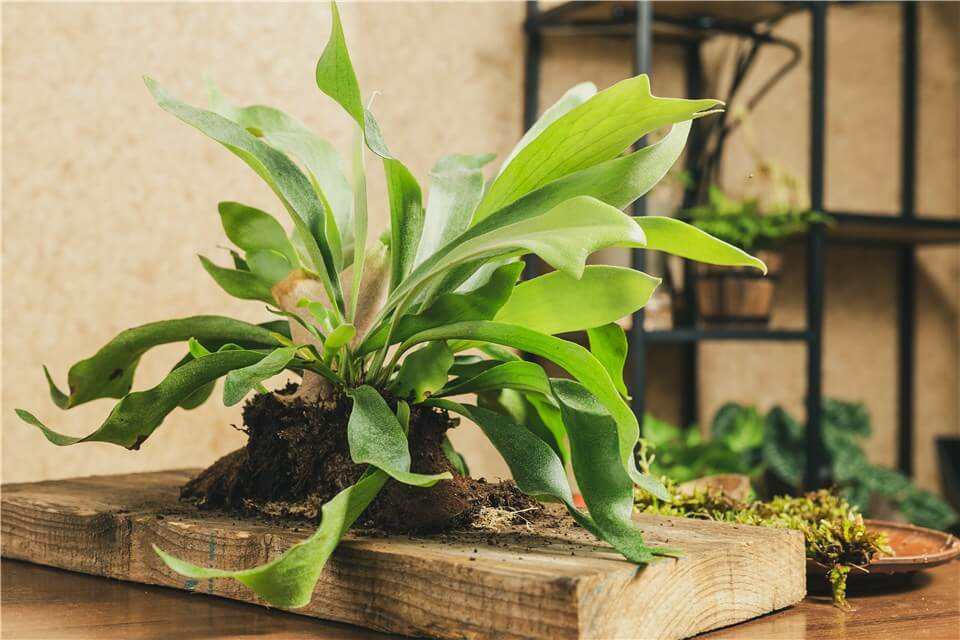
Best Large Low Light Indoor Plants - Bird's Nest Fern
Monstera Deliciosa
This popular plant is known for its large, perforated leaves that resemble Swiss cheese. You can propagate Monstera in water. It can handle low light conditions but will grow more slowly and may not develop as many holes in its leaves.
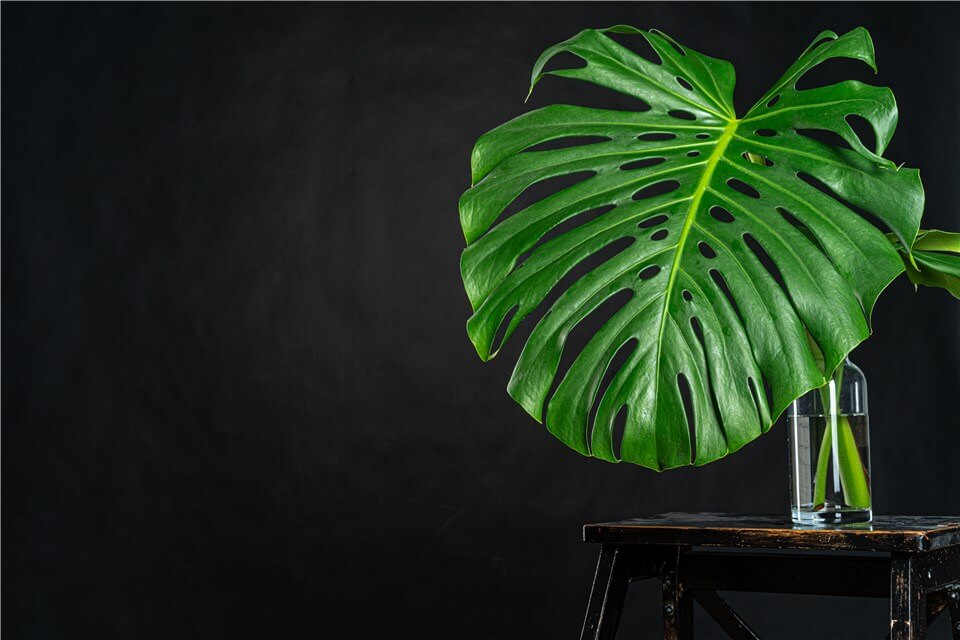
Best Large Low Light Indoor Plants - Monstera Deliciosa
Chinese Evergreen
Available in a variety of colors and patterns, the Chinese evergreen is a low-maintenance plant that can tolerate low light environments. It’s a preferable choice for adding a splash of color to a dimly lit room.
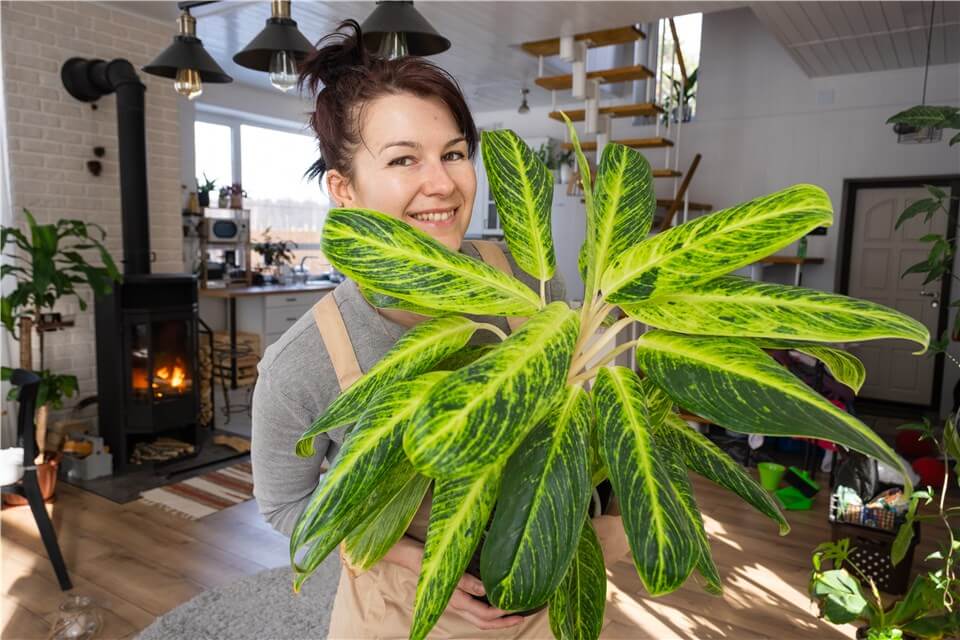
Best Large Low Light Indoor Plants - Chinese Evergreen
Best Tall Low Light Indoor Plants
Dracaena Marginata
Dracaena Marginata is such a striking plant as its slender, upright stems and sword-like leaves can reach impressive heights. It’s incredibly tolerant of low light conditions and can even grow without special caring.
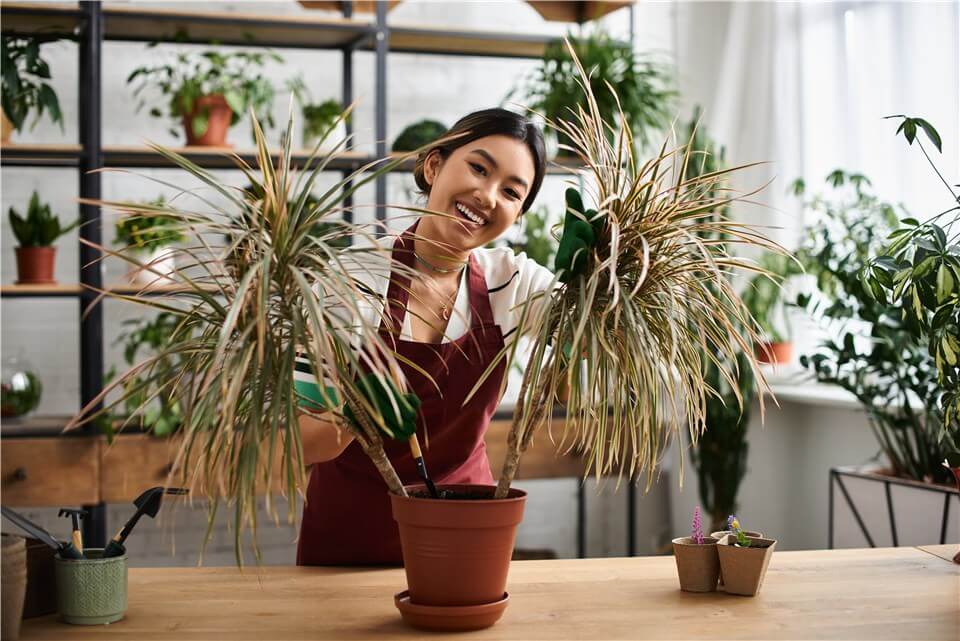
Best Tall Low Light Indoor Plants - Dracaena Marginata
Kentia Palm
This elegant kind of palm has graceful and arching fronds, which can add a touch of tropical flair to your house. While it prefers bright indirect light, it can tolerate lower light conditions as well, as long as you can keep the soil consistently moist.
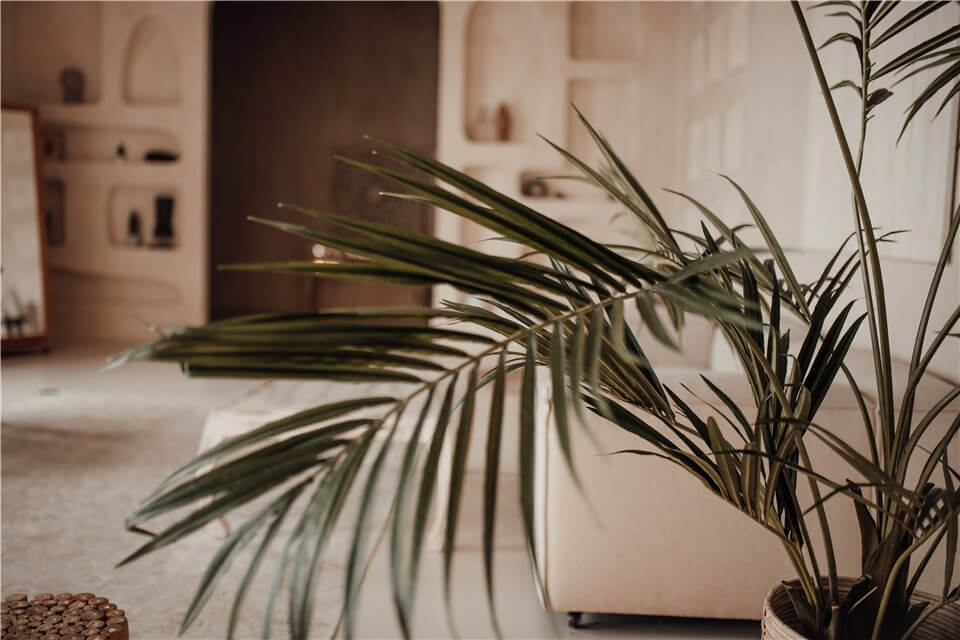
Best Tall Low Light Indoor Plants - Kentia Palm
Parlor Palm
This is an elegant palm with feathery fronds, the most popular for interior design, due to its easy care. While it can tolerate low light conditions, it does well under bright indirect light.
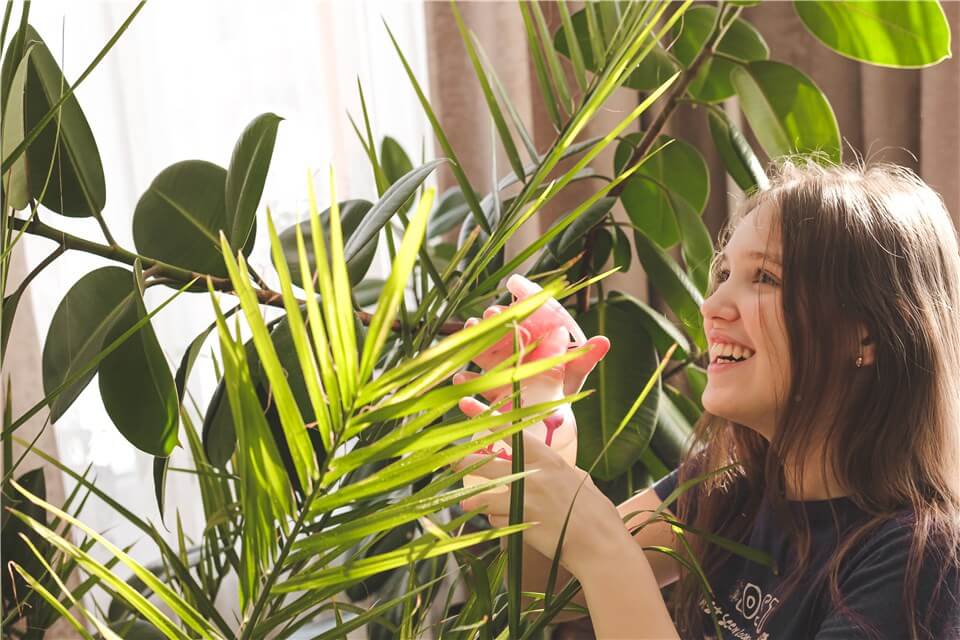
Best Tall Low Light Indoor Plants - Parlor Palm
Corn Plant
This upright plant, with its stems and broad, sword-shaped leaves, is easily contented and can be used to fill any dark corner with some greenery. It’ll be fine in low light, though it might grow more slowly and produce fewer leaves.
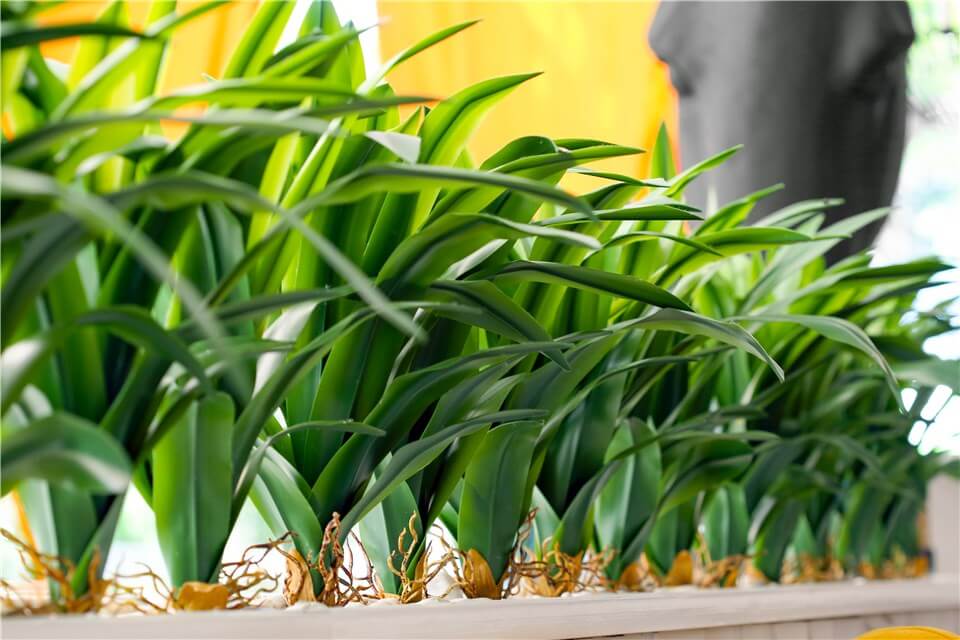
Best Tall Low Light Indoor Plants - Corn Plant
Yucca Cane
The Yucca Cane is durable and hardy, requiring little in the way of care indoors and adjusts well to a low-light household setting. Strong hardiness helps this plant adapt well to many light settings—both very bright and very dim—and keep its health and appearance. Its sword-like leaves remain fresh and vibrant green in low-light interior settings, bringing life to the interior setup with little work. That is to say - the Yucca Cane should be planted in homes or offices where the lighting standards are not very good.
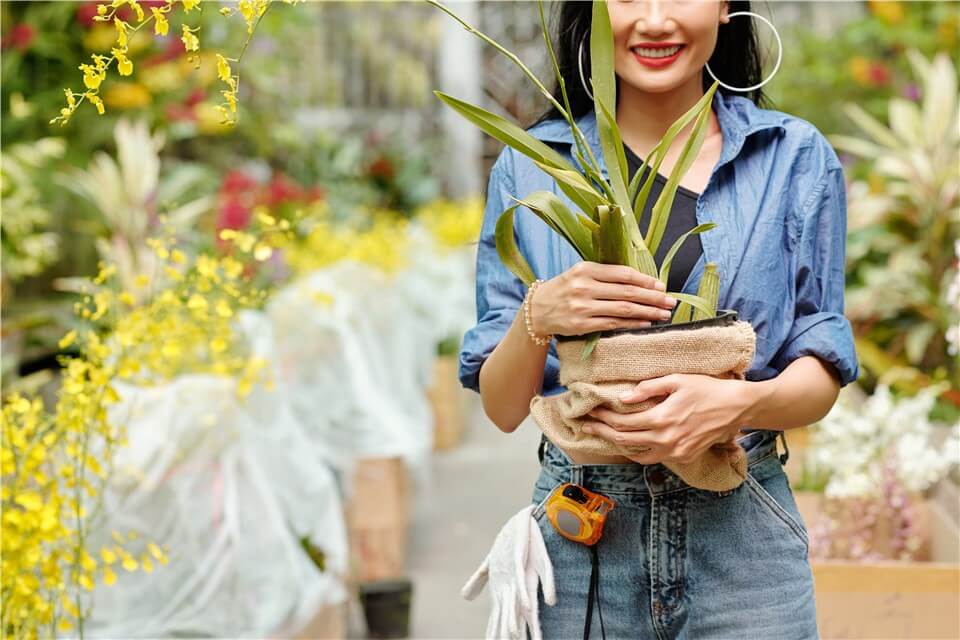
Best Tall Low Light Indoor Plants - Yucca Cane
Best Low Light Indoor Hanging Plants
Spider Plant
This easy-to-care-for plant produces spiderettes -baby plants on long stems, adding a cascading effect to your hanging basket. When propagating Spider Plant, you can either put it under low light or let it capture bright indirect light.
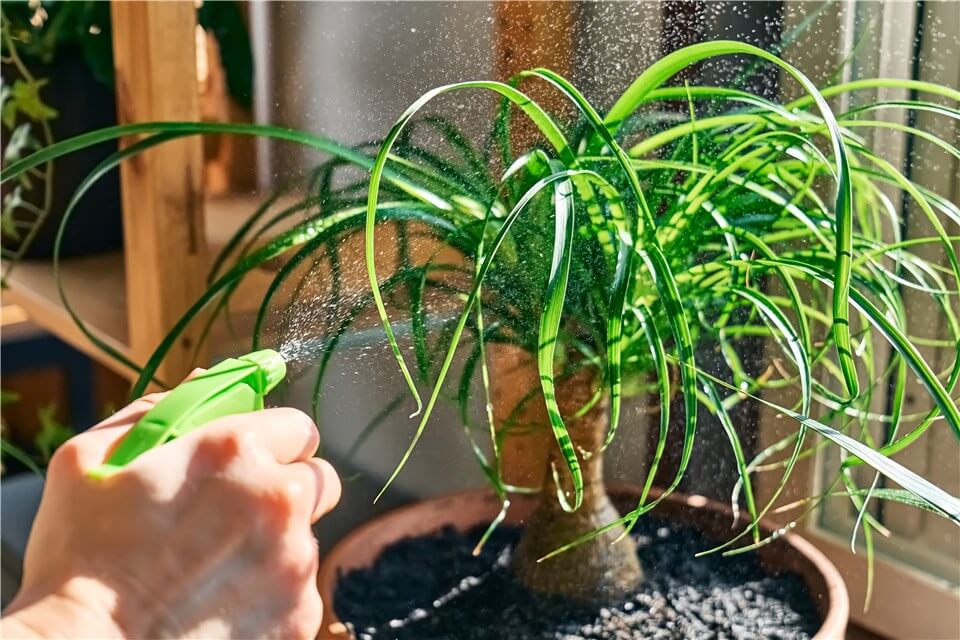
Best Low Light Indoor Hanging Plants - Spider Plant
Philodendron
There are many varieties of philodendrons, all of which have trailing vines and heart-shaped leaves. They’re known for their air-purifying properties and can handle low light situations.
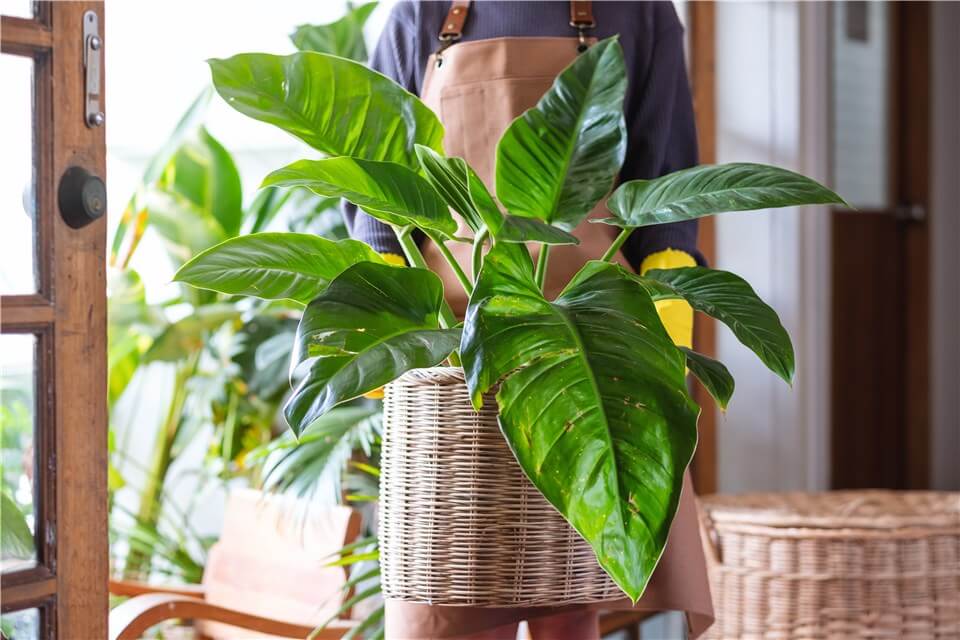
Best Low Light Indoor Hanging Plants - Philodendron
String of Pearls
The String of Pearls is a unique and charming plant known for its trailing stems adorned with pearl-like leaves. While it prefers bright, indirect light, you can also propagate String of Pearls in a lower light conditions. Even in dimly lit areas, the String of Pearls can survive and even thrive, though it may grow slower and its leaves might not be as plump. However, it’s important to know that prolonged exposure to very low light can lead to legginess, where the stems stretch out in search of more light, resulting in a less appealing appearance.
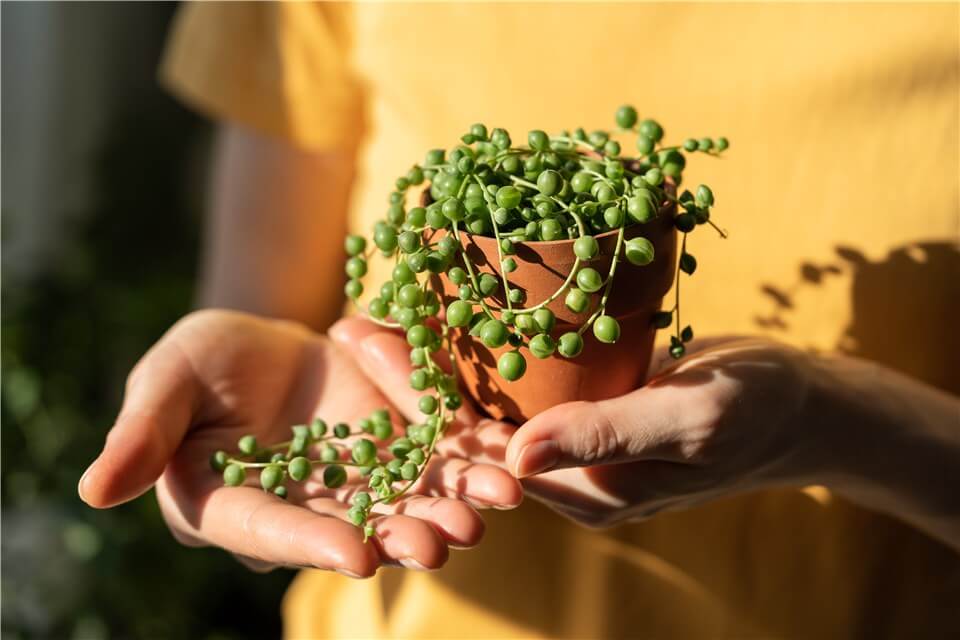
Best Low Light Indoor Hanging Plants - String of Pearls
English Ivy
This classic vine is a versatile plant that can tolerate low light conditions. While it thrives in bright, indirect light, it can still survive and even grow in dimly lit areas. Nevertheless, it’s important to note that its growth rate may slow down, and its leaves might not be as vibrant in low light. To ensure your English Ivy thrives, rotate it regularly to ensure even exposure and keep the soil consistently moist. With a little care, this adaptable vine can bring a touch of greenery to even the dimmest corners of your home.
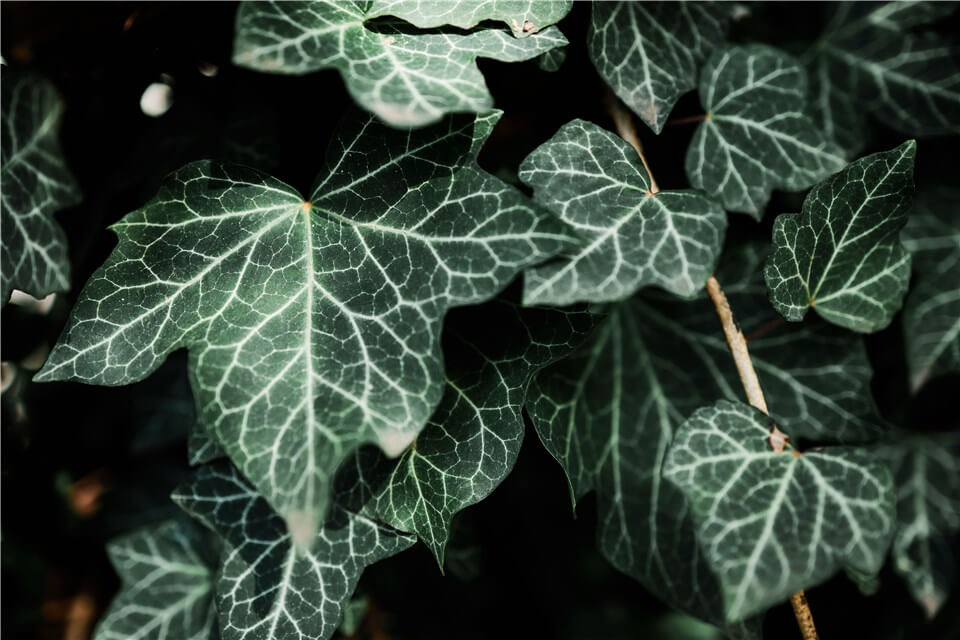
Best Low Light Indoor Hanging Plants - English Ivy
Heartleaf Philodendron
The Heartleaf Philodendron is a popular houseplant renowned for its resilience in low-light conditions. Despite thriving in bright, indirect light, this adaptable tropical gem can tolerate and grow well in lower light environments, making it an excellent choice for indoor spaces that may not receive ample natural sunlight. It is able to adjust to a range of indoor lighting situations without sacrificing its lush, heart-shaped foliage contributes to its popularity as a low-maintenance, aesthetically pleasing addition to homes and offices.
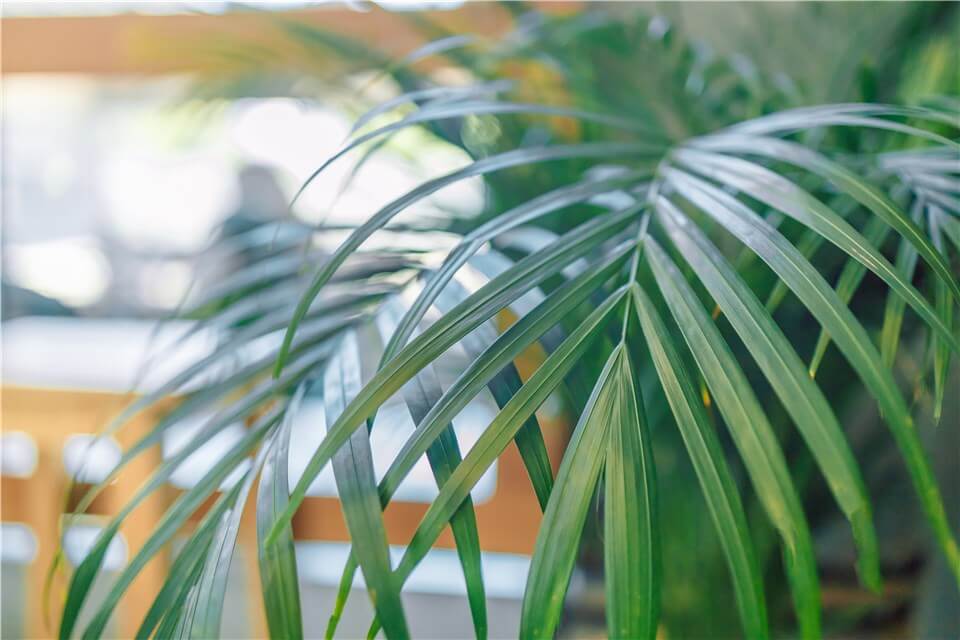
Best Low Light Indoor Hanging Plants - Heartleaf Philodendron
Best Low Light Indoor Flowering Plants
Moth Orchid
These stunning orchids are known for their long-lasting, delicate blooms. While they like bright, indirect light, they can bear lower light conditions as well. To make it grow well, place them near a window that receives filtered light or supplement with a grow light. Additionally, these orchids prefer high humidity. You can increase humidity by placing the pot on a tray of pebbles filled with water or using a humidifier.
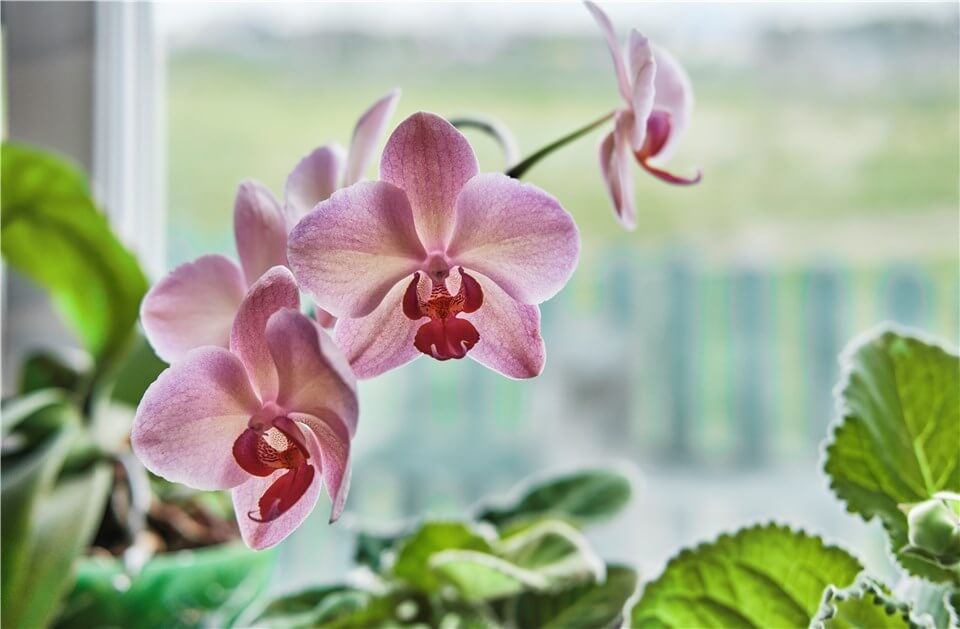
Best Low Light Indoor Flowering Plants - Moth Orchid
African Violet
These charming plants are known for their velvety leaves and delicate, colorful blooms. They prefer bright, indirect light but can tolerate lower light conditions. Therefore, please avoid direct sunlight, as this can scorch their leaves. Besides, water when the top inch of the potting mix is dry, but overwatering, as this can lead to root rot.
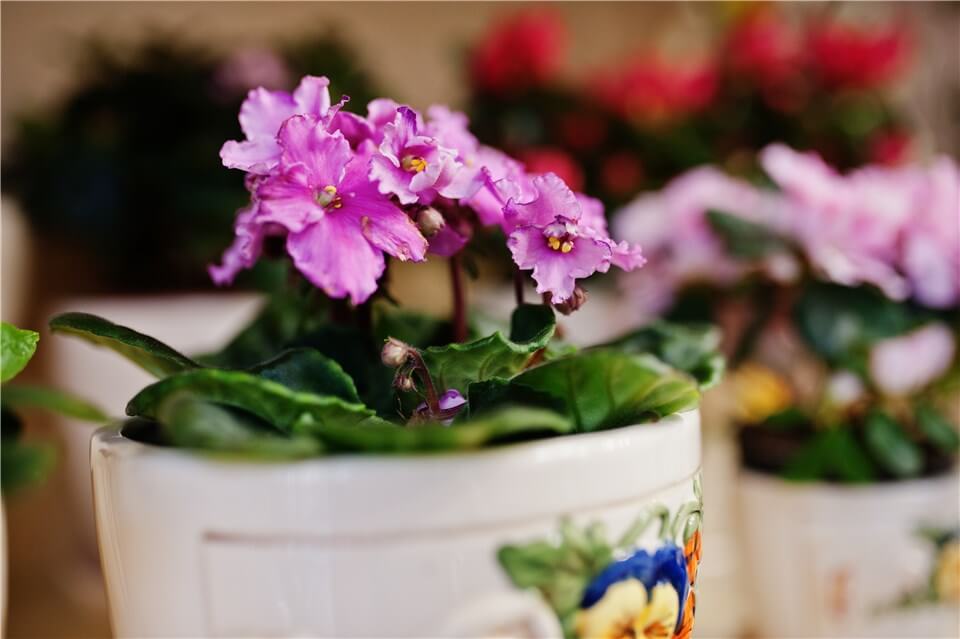
Best Low Light Indoor Flowering Plants - African Violet
Trailing Begonia
These begonias are known for their colorful, patterned leaves and delicate, cascading blooms. They prefer moderate humidity. You can increase humidity by placing the pot on a tray of pebbles filled with water or using a humidifier.
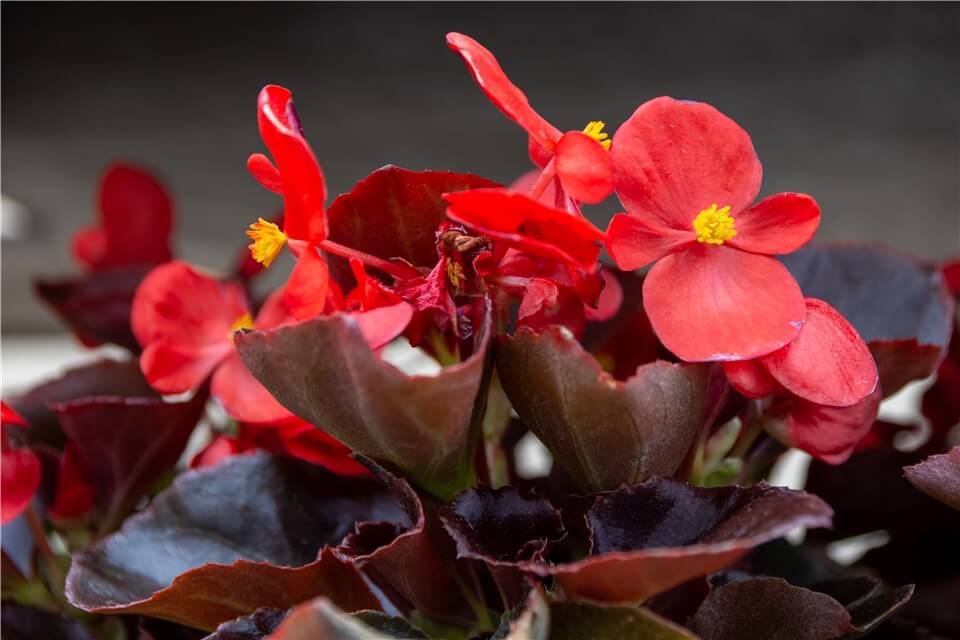
Best Low Light Indoor Flowering Plants - Trailing Begonia
Wax Plant
It is also also known by its scientific name - Hoya carnosa. This unique plant is known for its waxy, star-shaped flowers and trailing stems. Its thick, glossy leaves hold moisture well, making it quite drought-tolerant. Wax Plants are also known for their sweet, fragrant blooms that appear in clusters and can last for weeks. These plants are relatively low-maintenance and can thrive in a variety of environments, making them a popular choice for both novice and experienced plant enthusiasts.
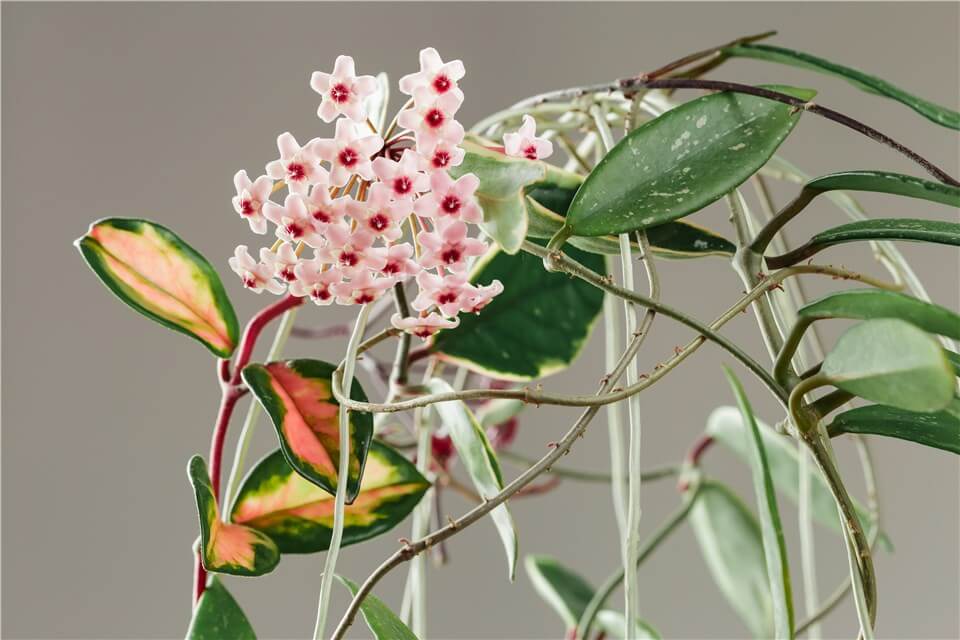
Best Low Light Indoor Flowering Plants - Wax Plant
Trailing Fuchsia
This charming plant produces delicate, pendulous flowers with a unique combination of colors. Trailing Fuchsias prefer bright, indirect light and they can also live in low light conditions. They are relatively easy to care for and can add a touch of elegance and whimsy to any space with their cascading blooms.
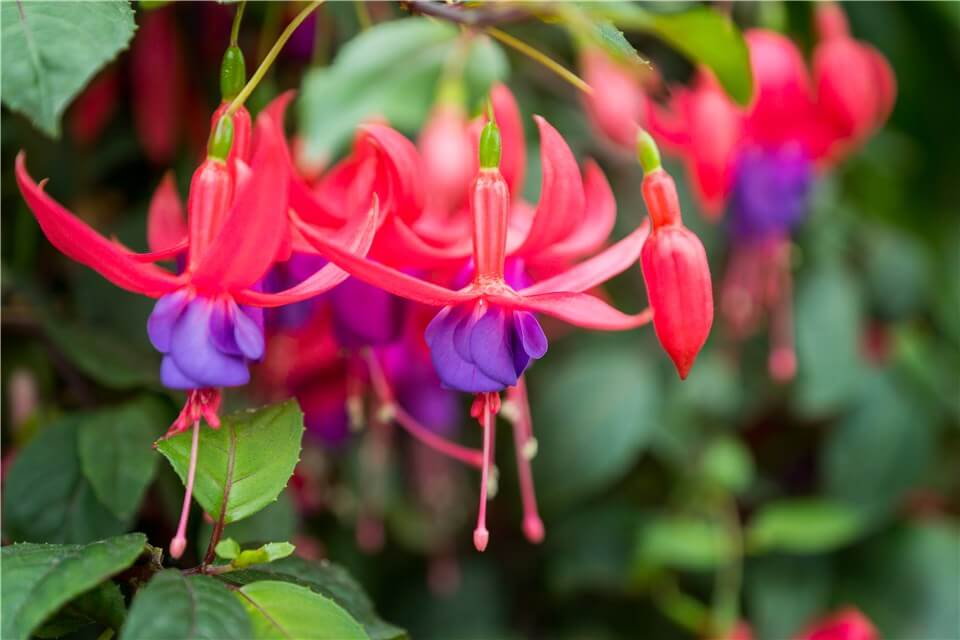
Best Low Light Indoor Flowering Plants - Trailing Fuchsia
Best Low Light Indoor Plants Safe For Cats
For cat-loving plant enthusiasts, choosing low light indoor plants safe for pets is quite important, Many popular options include the mentioned resilient Spider Plant, the tough Cast Iron Plant, the striking Calathea, the prayerful Maranta, the diverse Peperomia, and the low-maintenance ZZ Plant. These plants can all thrive in dimly lit corners, adding a touch of greenery to your home without posing a threat to your feline companions.
Best Small Low Light Indoor Plants
Peperomia
Peperomia, with its diverse shapes, sizes, and colors, are a delightful addition to any home. With a little care, your Peperomia will continue to thrive in low light condition - place them near a window that receives filtered light, or supplement with a grow light.
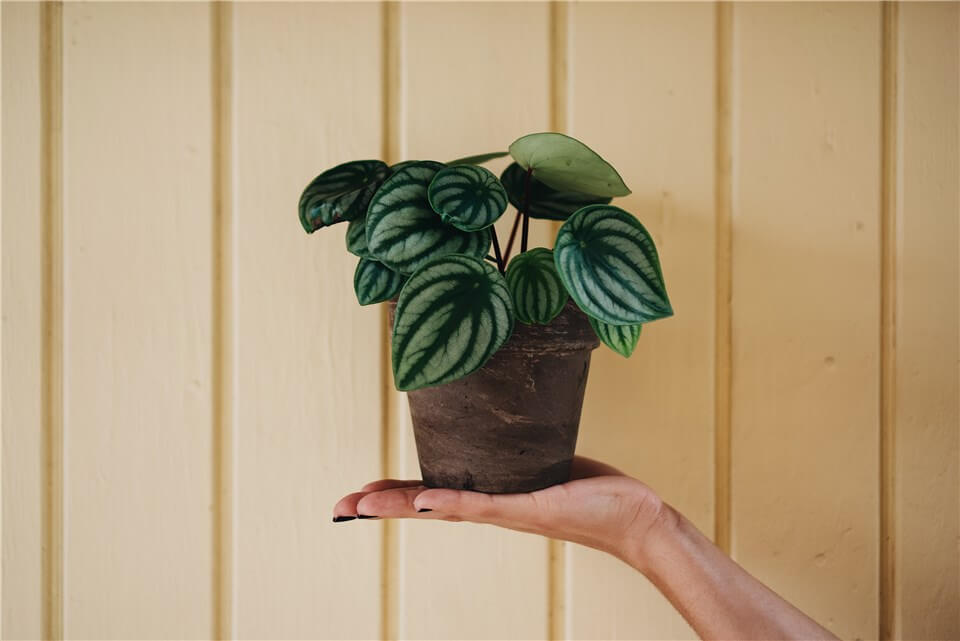
Best Small Low Light Indoor Plants - Peperomia
Calathea
As Calathea prefer low light conditions, avoid direct sunlight cause this will scorch their delicate leaves. On the other hand, Calathea are sensitive to drafts and temperature fluctuations. Keep them away from cold drafts and sudden changes in temperature.
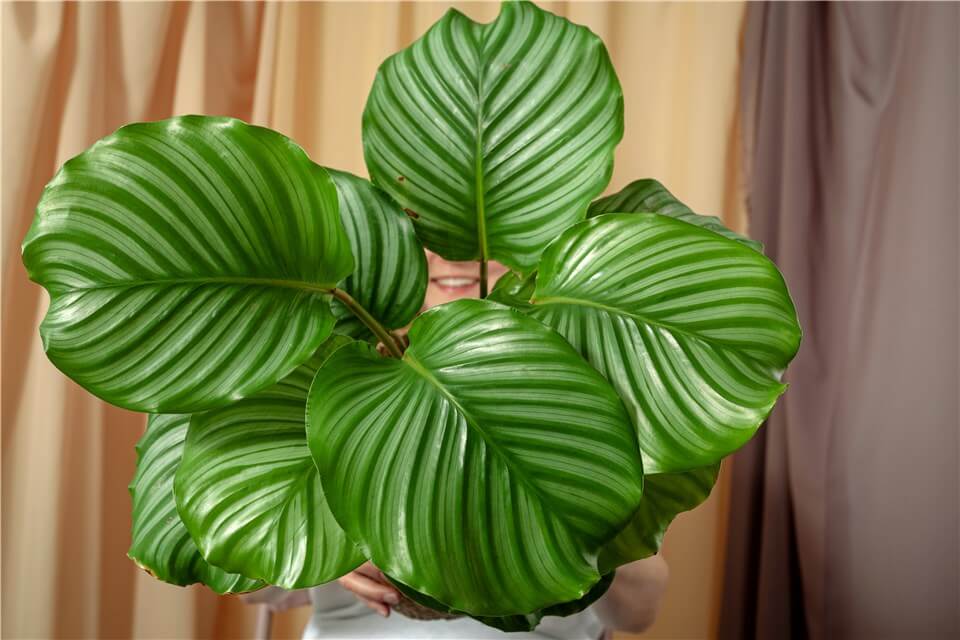
Best Small Low Light Indoor Plants - Calathea
Lucky Bamboo
Lucky Bamboo, while not a true bamboo, is a popular choice for its low-maintenance nature and ability to tolerate low light conditions. If growing in water, add a few drops of liquid fertilizer to the water every 1-2 weeks. If growing in soil, fertilize once a month during the growing season with a diluted liquid fertilizer.
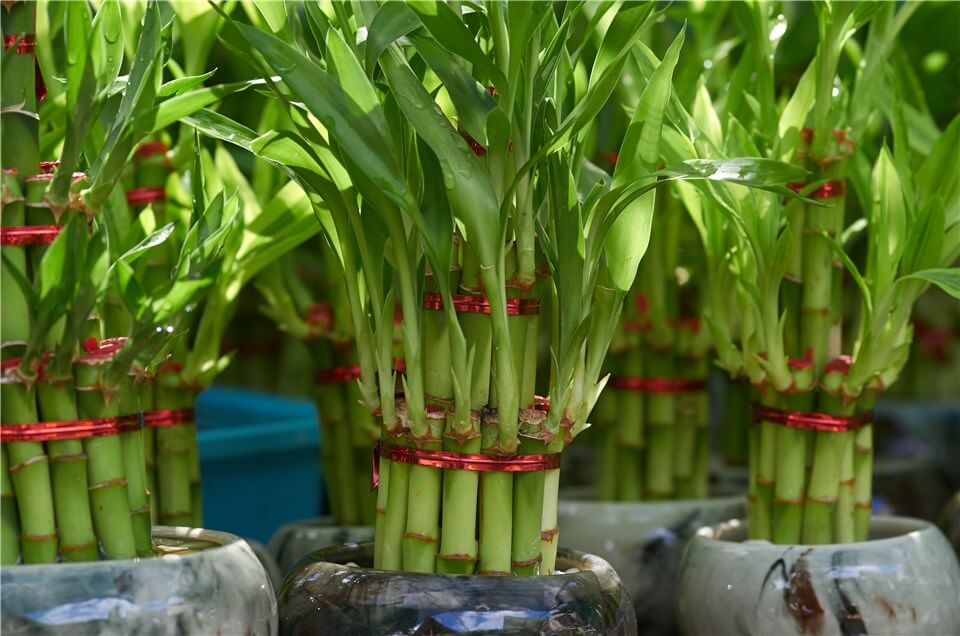
Best Small Low Light Indoor Plants - Lucky Bamboo
Prayer Plant
The Prayer Plant is a captivating houseplant known for its striking, patterned leaves that fold up at night, resembling hands in prayer. Its foliage often features a combination of vibrant greens, reds, and whites, creating a stunning display. Although it prefers bright, indirect light, the Prayer Plant can do fine in locations with low light.
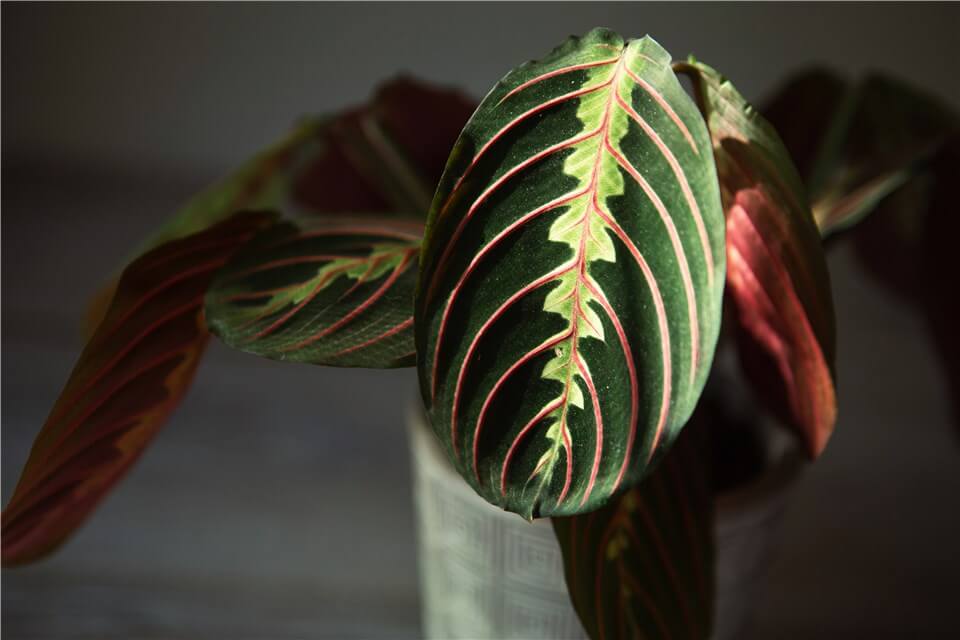
Best Small Low Light Indoor Plants - Prayer Plant
Best Low To No Light Indoor Plants
Finally, there comes the most resilient champions that can survive low to no light indoors. They are the tough Cast Iron Plant, the low-maintenance ZZ Plant, the drought-tolerant Snake Plant, the adaptable Pothos, and the striking Chinese Evergreen. These plants are incredibly adaptable, making them ideal for busy individuals or those with limited natural light. Their ability to tolerate neglect and even drought also makes them perfect for those who struggle to keep up with regular watering.
In Conclusion
Finally, there comes the most resilient champions that can survive low to no light indoors. They are the tough Cast Iron Plant, the low-maintenance ZZ Plant, the drought-tolerant Snake Plant, the adaptable Pothos, and the striking Chinese Evergreen. These plants are incredibly adaptable, making them ideal for busy individuals or those with limited natural light. Their ability to tolerate neglect and even drought also makes them perfect for those who struggle to keep up with regular watering.




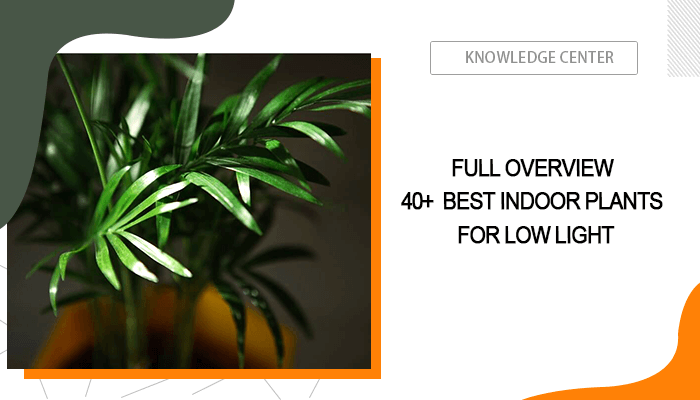
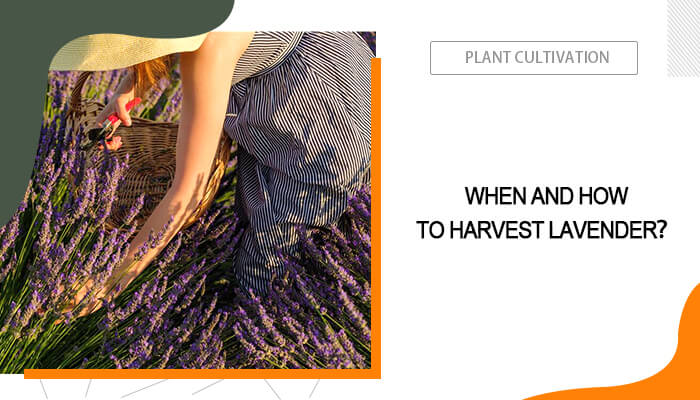

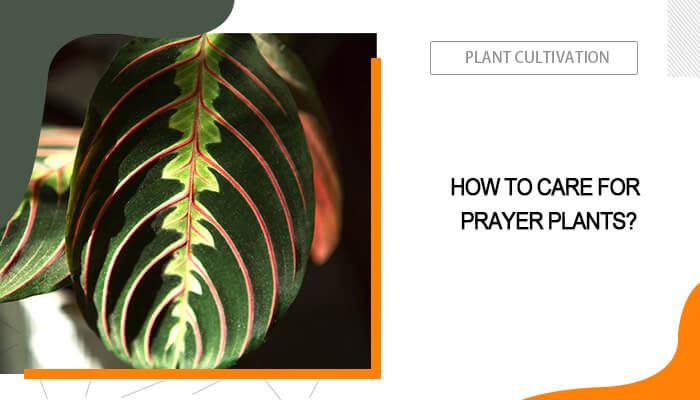

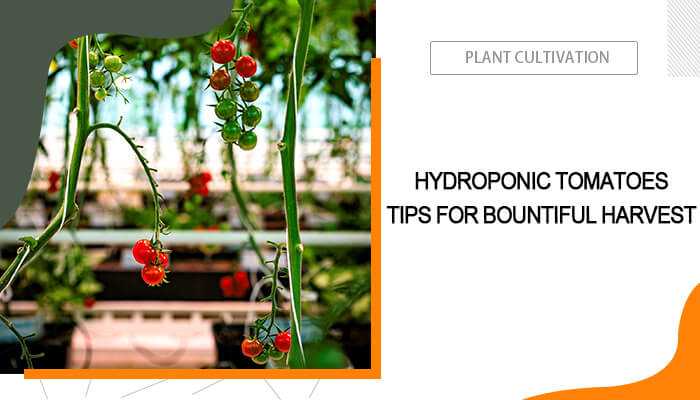
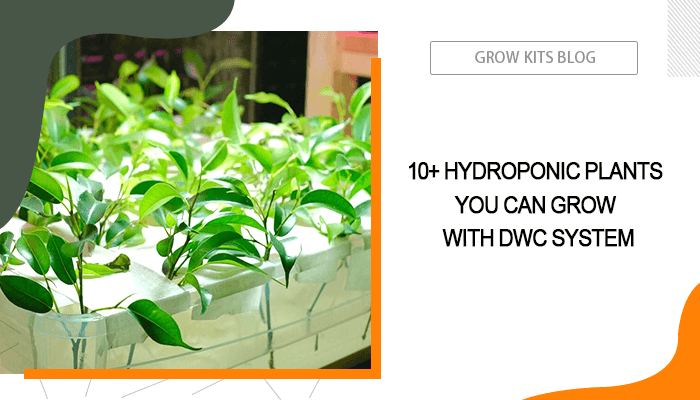
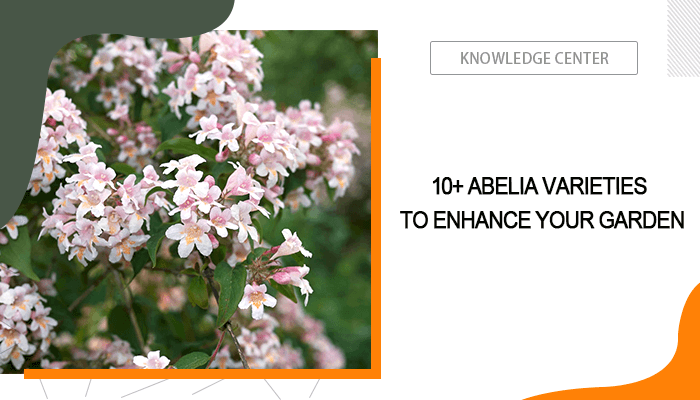
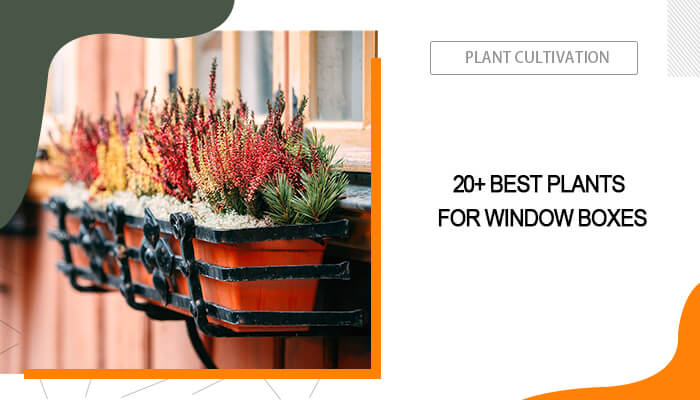
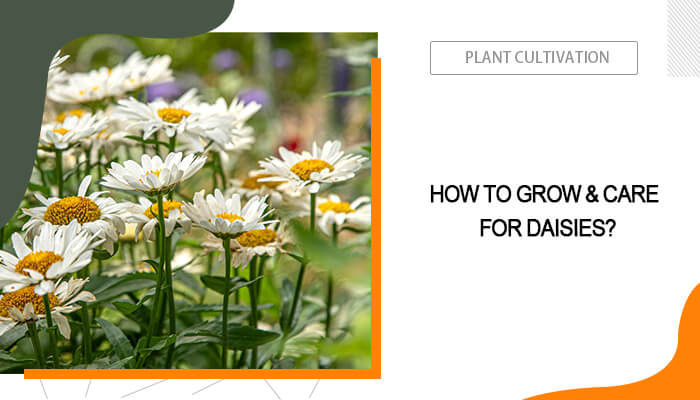

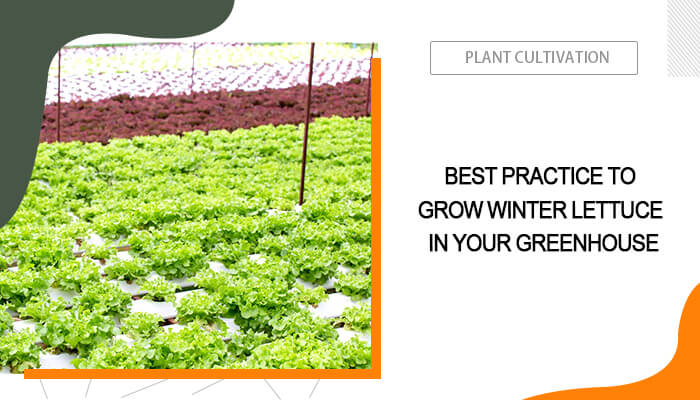
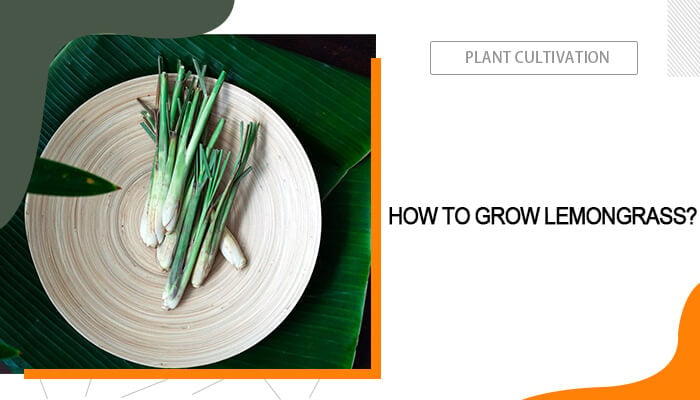


d sdsadsa